Introduction to Quick Opening Closure
Quick-opening closures are mechanical devices designed to provide fast and secure access to pressure vessels and pipelines. They replace traditional bolted flanges to dramatically reduce the time needed for opening and closing. Equipped with a locking mechanism, they ensure a tight seal, which is crucial for maintaining the integrity and safety of industrial systems. These closures are user-friendly and significantly cut down on labor costs and downtime, making them a valuable asset in operations requiring frequent access to the inside of a vessel or pipe.
In various industries, the importance of quick opening closures cannot be overstated. They are especially crucial in oil and gas, chemical processing, and water treatment sectors, where safety and efficiency are paramount. These closures help manage operational risks by providing a reliable sealing mechanism that withstands high pressures and harsh environments. Moreover, their quick-access feature supports routine maintenance and emergency interventions, enhancing overall productivity and reducing potential hazards. As industries continue to prioritize safety and efficiency, the role of quick opening closures becomes increasingly essential, driving innovation and implementation across sectors.
Technical Specification
| Technical Specification | |
| Nominal Diameter DN: | <1800mm |
| Design pressure PN: | ≤40 MPa |
| Working Medium: | oil, gas, water |
| Design Temperature: | -50℃~300℃ |
| Material: | 16Mn,A350LF2, A105, SS304, SS316, F51, F53, F55, INCONEL625, HASTELLOY C |
| Pipe Thickness: | 6mm~100mm |
Basics of Quick Opening Closure
Quick opening closures are specialized devices that enable rapid, secure access to the interiors of pressure vessels and pipelines. These closures are vital in industries like oil and gas, chemicals, and utilities, where safety and swift access are essential. They replace traditional bolted flanges with a more efficient mechanism, usually a hinged or threaded cap. This cap can be opened or closed much faster. This design not only saves time during operation but also reduces risks associated with prolonged exposure to hazardous environments. The primary functions of quick opening closures include ensuring a tight seal to maintain internal pressure and prevent leaks, providing easy access for inspection and maintenance, and enhancing safety by allowing quick emergency shutdowns or openings.
The history and evolution of quick opening closures date back to the needs of early industrial processes. Speed and safety were necessary to maintain efficiency and protect workers. Initially simple in design, these devices have undergone significant refinements over the decades. One early milestone was the introduction of the hinged design, which allowed quicker, less labor-intensive access than bolted flanges. Later innovations included pressure-assisted seals and safety interlocks, enhancing their reliability and safety. Today, quick opening closures incorporate advanced materials and precision engineering. They withstand extreme pressures and temperatures, reflecting their critical role in modern industrial applications. As technology progresses, these closures continue to evolve. They now incorporate automation and enhanced safety features, meeting the growing demands of industries reliant on high-performance containment systems.
Types of Quick Opening Closures
Threaded Closures
Threaded closures are a common type of quick opening closure used primarily in smaller or medium-sized pressure vessels and pipelines. These closures feature a threaded mechanism that allows the operator to screw the lid onto the body, securing a tight seal. This type of closure is particularly effective in applications where space constraints or alignment issues occur, as the threads provide precise closure without the need for extensive manual alignment. Typical uses of threaded closures include test chambers, small to medium storage tanks, and pressure vessels in laboratories or pilot plants, where frequent access is necessary but extreme pressures are not a factor.
Clamp Closures
Clamp closures offer a different set of advantages, focusing on ease of use and rapid access. These closures utilize a clamping mechanism that can be quickly locked or unlocked, significantly reducing the time needed for opening and closing compared to bolted systems. The main features include a robust design that can handle high pressure and quick-release levers or clamps that facilitate swift operations. This makes them ideal for larger vessels or situations where time-sensitive processes are critical, such as in batch chemical processing or when regular maintenance checks are required in water treatment facilities.
Lockring Closure
Lockring closures bring unique benefits to the table, particularly in terms of safety and operational efficiency. These closures use a locking ring mechanism that provides a secure seal by mechanically locking the closure into place once closed. This design ensures a high level of safety, as the lockring prevents accidental opening under pressure. Additionally, lockring closures are easy to operate and can be designed to engage automatically once the correct closing pressure is applied, further enhancing safety and reliability. Their robust construction makes them suitable for high-pressure applications, such as in oil and gas extraction and high-pressure vessel applications in the petrochemical industry.
Materials and Manufacturing of Quick Opening Closure
Commonly Used Materials
Manufacturers of quick opening closures commonly select metals and alloys based on their strength, durability, and corrosion resistance. Here are some frequently used materials:
- Carbon Steel: This affordable and robust material withstands substantial pressure and weight, making it ideal for general applications. However, it is susceptible to corrosion if not properly maintained.
- Stainless Steel: Known for its corrosion resistance and strength, stainless steel is perfect for harsh environments. It is more expensive than carbon steel but offers a longer lifespan and reduced maintenance.
- Aluminum: Aluminum is lightweight and resistant to corrosion, which makes it suitable for less demanding applications. Its lower strength limits its use in high-pressure scenarios.
- Alloy Steel: For extreme conditions, alloy steel provides enhanced strength and heat resistance. It is ideal for high-pressure and high-temperature applications but comes at a higher cost and weight.
Manufacturing Processes
The manufacturing processes of quick opening closures directly impact their performance and durability:
- Forging: Forging produces extremely durable components, ideal for high-pressure environments. Forged parts maintain integrity under stress and have fewer surface imperfections.
- Casting: Suitable for complex shapes, casting allows for detailed designs and is cost-effective for large volumes. However, cast parts may have variations in density, potentially affecting durability.
- Machining: Machining offers precision in manufacturing, crucial for ensuring a perfect fit and seal. It is typically used for finishing forged or cast parts but increases production costs.
- Welding: Welding is essential for assembling multi-component closures. Proper welding ensures leak-proof joints but requires high skill to maintain the integrity of materials.
Each manufacturing technique has its own specific advantages that contribute to the overall performance of quick opening closures. Selecting the right process ensures that the closures meet the necessary specifications for pressure, temperature, and environmental conditions, thereby influencing their operational reliability and life span.


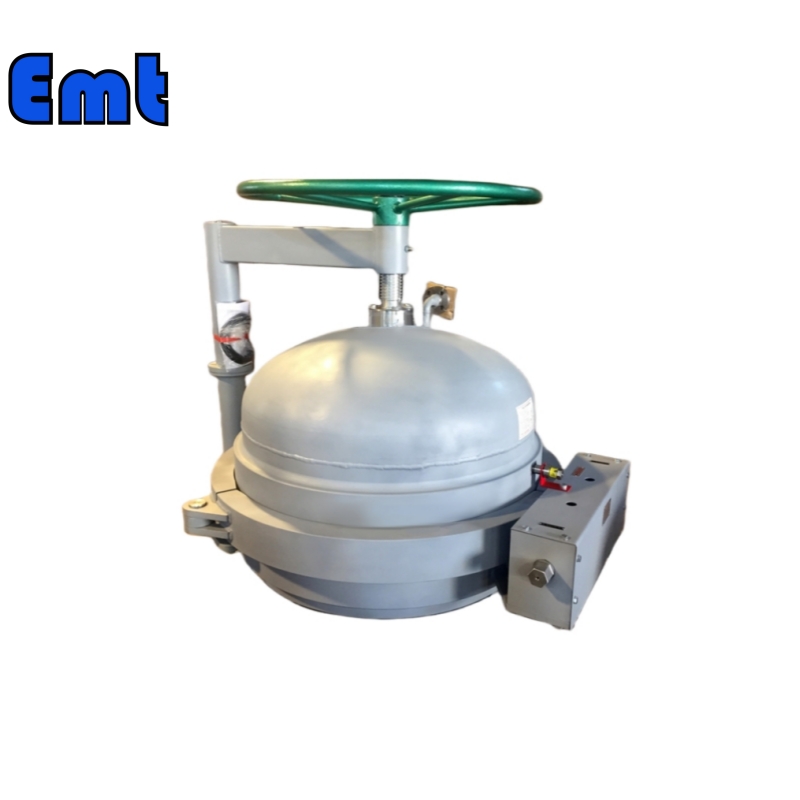
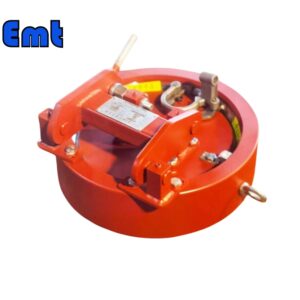
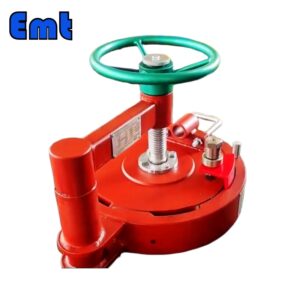
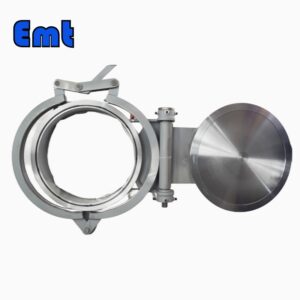
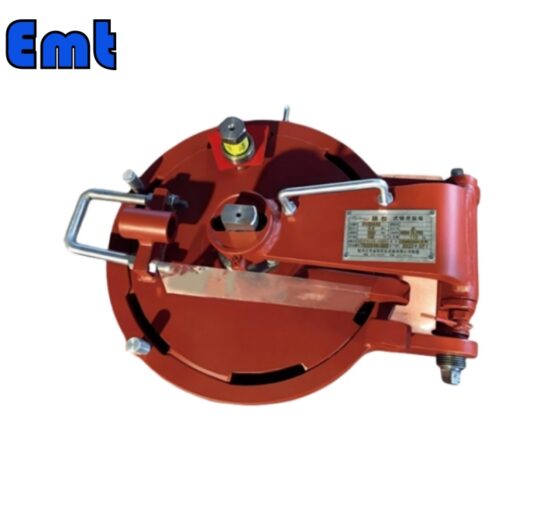
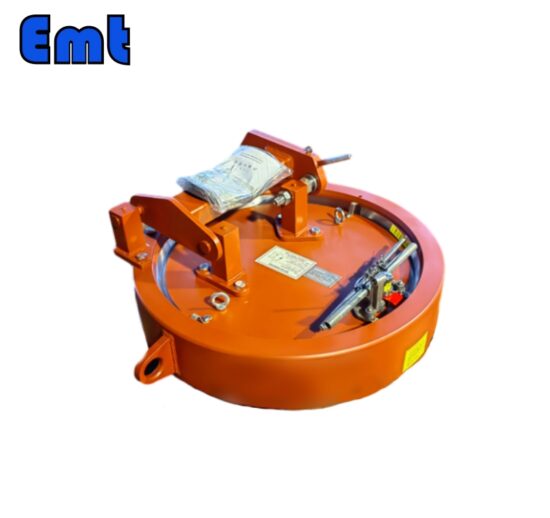
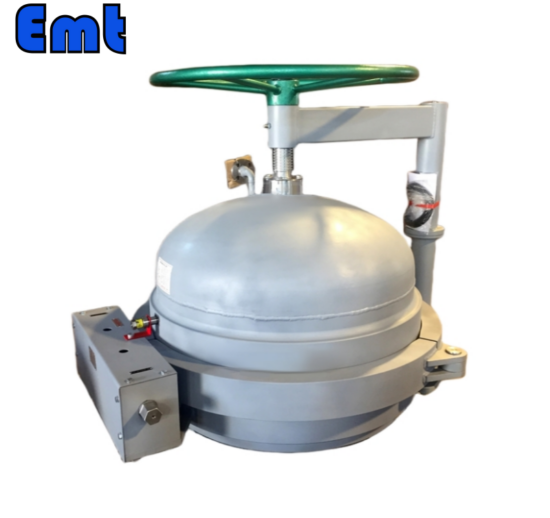
There are no reviews yet.